Artificial diamonds: what do they look like, how do they get them and where are they used?

Diamonds are distinguished by a unique density of the structure, allowing the stone to withstand heavy loads and high temperatures. This property is used in space experiments and developments, in the production of medical devices and precision clocks, in the nuclear industry. After cutting, a beautiful mineral turns into a diamond, which is highly appreciated by jewelers. Modern technology allows you to create it in artificial conditions, reducing the price without loss of quality.
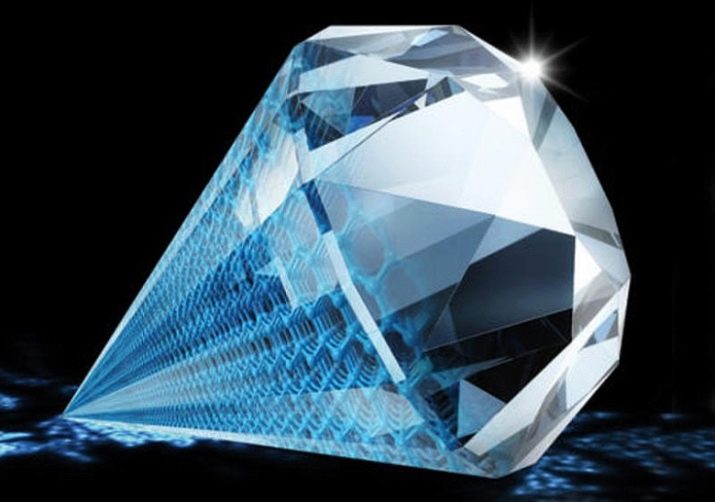
Features
For active use on an industrial scale, artificial diamonds have been produced since 1993. Their quality was so high that jewelers needed special tests to determine the authenticity of the stones. For the average consumer, the difference was not obvious at all, so many companies began to use crystals to create luxurious jewelry.
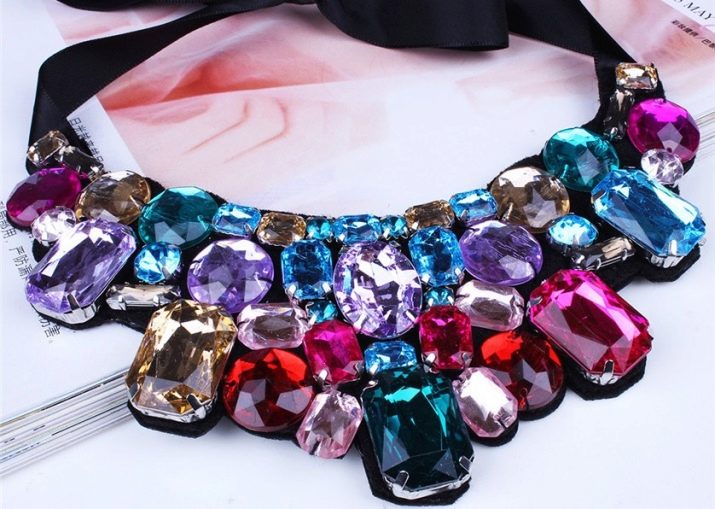
In modern laboratories, several types of this synthetic stone are grown: cerussites, fabulites, rhinestones, ferroelectrics, moissanites. The most beautiful and clean is considered a cube of zirconium dioxide, which is called "cubic zirconia." Used in many industries, it complements the Thomas Sabo and Pandora fashion house collections.
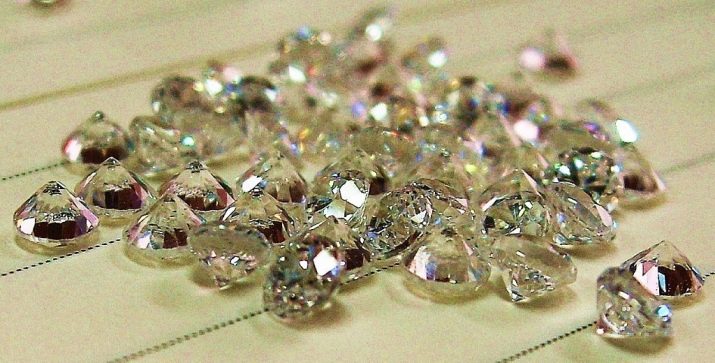
The main features of artificially grown diamonds:
- low cost compared to natural stones (the price is 10-15 times less);
- ease of cutting;
- the absence of hidden defects that affect hardness (air bubbles, cracks);
- full imitation of a real diamond after cutting.
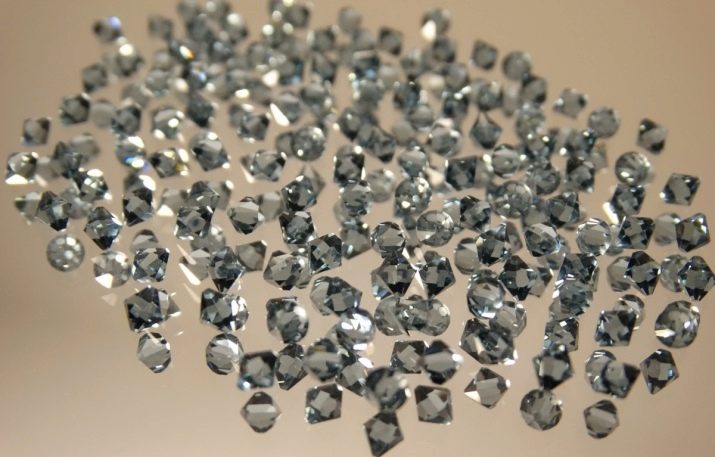
Among lovers of beautiful stones, opinions about the properties of artificial stone were also divided. Some of them believe that only a real diamond is able to drive away evil spirits, protect its owner from damage and the evil eye, helps him in commercial affairs.
Artificial diamond holders claim that their jewelry emits positive energy and brings good fortune no less.
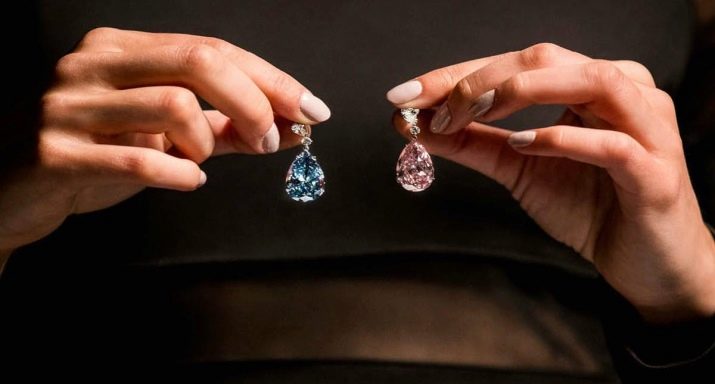
Artificially created stones in recent years have been developed by the well-known brands Diamond Foundry, Helzberg s Diamond Shops and LifeGem. This business in the United States is considered the most profitable and promising, as environmental damage is minimal. In addition, many geological experiments prove that the period of formation of diamonds in nature is over. Therefore, the development of new deposits will soon be a thing of the past.
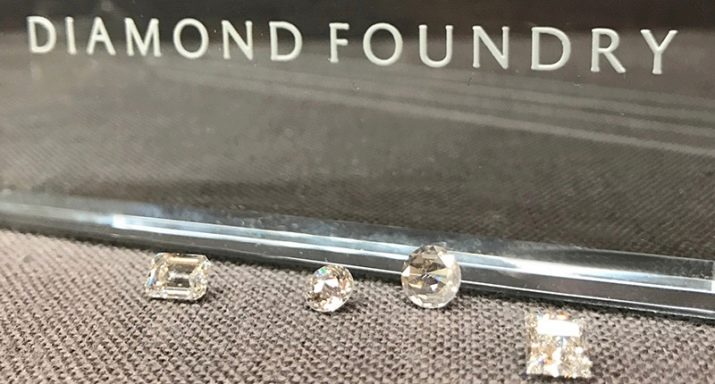
Receipt history
Real diamonds have been popular for several centuries. Costly diamonds adorned the royal clothes and crowns, were inherited and included in the gold reserve of the treasury of many countries. Even today, faceted minerals are the best investment, which only increases in value every year.
Therefore, the first developments and attempts to create synthetic stone began already at the end of the XIX century.
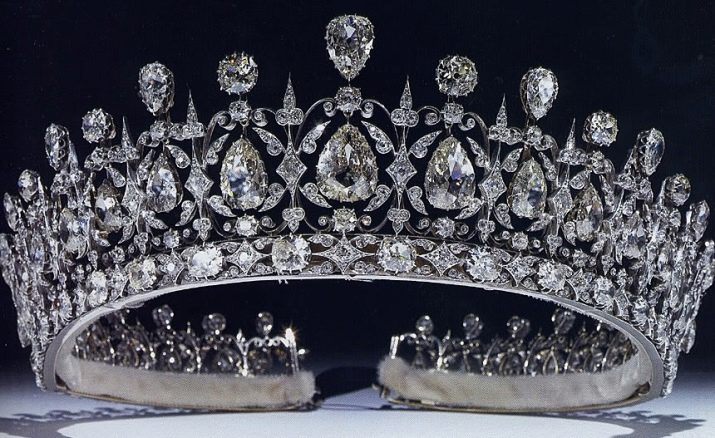
The first artificial diamond was obtained in 1950 by Swedish scientists in the laboratory of ASEA. After the study, their experience was repeated by the American company General Electric in 1956, improving the technology. Over the course of several decades, new methods and developments appeared that made it possible to change the shade, shape, and size of the synthetic mineral. In 1967, a patent was obtained for the cultivation of jewelry stones.
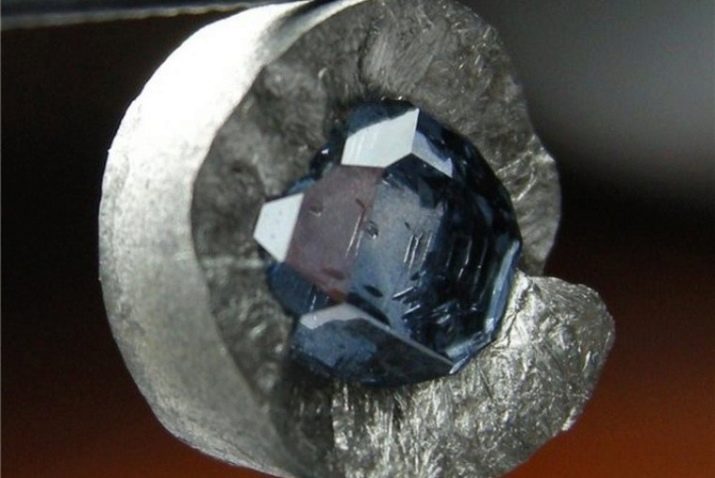
The history of their production in the Soviet Union begins with the first stone, which was synthesized at the Institute of Physics and High Pressure in the late 50s of the last century. But active work in this direction is carried out by the scientist O. I. Leipunsky, who has published many scientific works and calculations in 1946.
His work in the field of chemistry was used as the basis for new methods; they practically became the basis for the modern industrial production of artificial diamonds.

A real breakthrough occurred in the early 60s of the last century, when young scientists at the Moscow High Pressure Laboratory created a special press. With its help, it was possible to establish a large-scale production of heavy-duty stones: the volume reached a thousand carats per day. All produced industrial diamonds were used for the needs of rocket science and mechanical engineering, exported, bringing billions of dollars in profit.
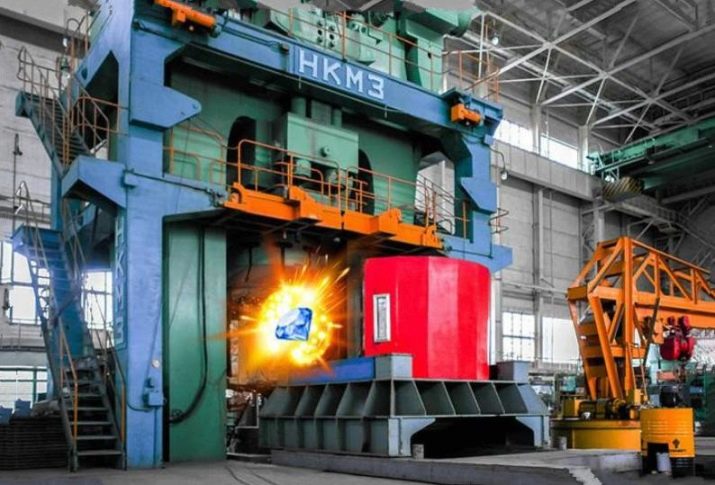
In recent years, new technologies in Russia have been developed by private jewelry houses and research laboratories.
They attract foreign experts from South Africa, the USA and Europe, trying to reduce the cost of the technique.
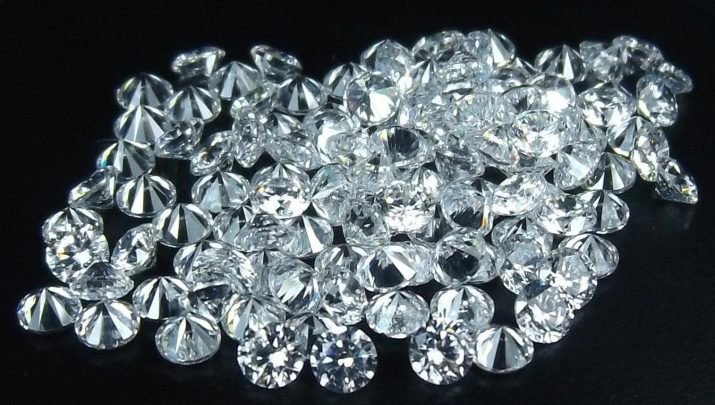
How to make synthetic diamonds?
Artificial diamonds grown in the laboratories of leading chemical companies are difficult to distinguish from a real stone in terms of transparency and brightness. But all known methods require large investments, are time-consuming.
Therefore, the main task of scientists is to find the perfect balance between quality and production cost.
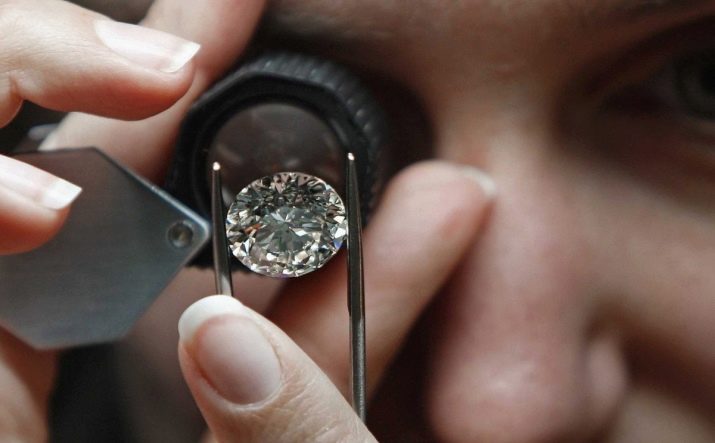
NRNT technique
NRHT or High Pressure, High Temperature is the most common technology. The foundation of synthetic cubic zirconia scientists lay real stones with a size of 0.5 mm. In a special chamber, on the principle of operation resembling an autoclave, a combination of a temperature of at least 1400 ° C and a pressure of 55,000 atmospheres is created. Different chemical compounds, graphite layers are superimposed on a natural base.
After 10 days of such exposure, strong sigma bonds arise, joints around the base form into a solid and transparent stone.
Such technology maximally recreates the natural conditions for the appearance of the mineral, so the quality is always on top, defects are practically eliminated.

CVD production or film synthesis
This technology is one of the first in the cultivation of artificial minerals. It is widely used when it is necessary to create a particularly strong and sharp diamond coating, to create high-quality diamonds. All components and the diamond substrate are placed in special chambers that create a vacuum. After filling with methane, exposure to microwave radiation, well known for its microwave operation, begins. At high temperatures, the chemical compounds of carbon begin to melt and combine with the base.
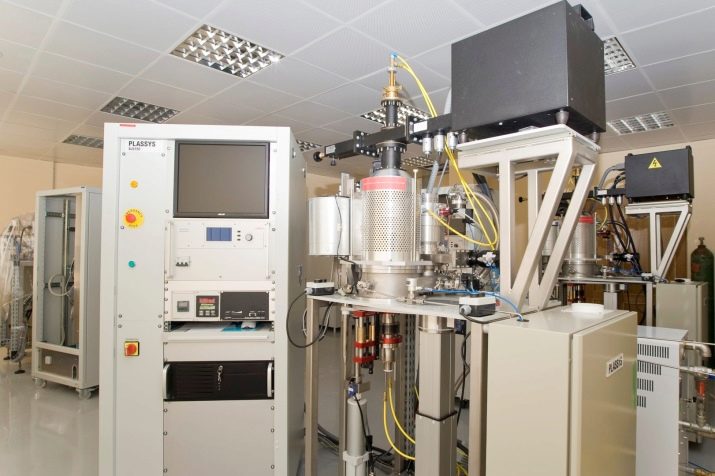
CVD technology produces high quality diamonds that are not inferior in properties to the real ones. Based on them, a technology is being developed to replace wear-resistant circuit boards of computers, dielectrics and ultra-thin scalpels in ophthalmology.
Scientists hope that in the near future for 1 carat of synthetic stones obtained using this technology, it will be possible to reduce the price to 5-8 dollars.
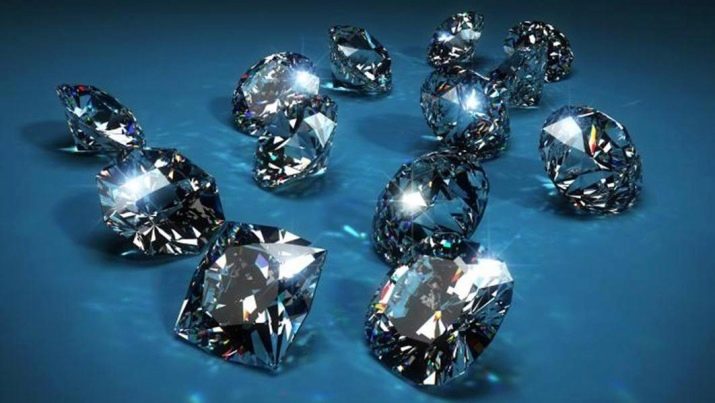
Explosive Synthesis Technique
One of the latest developments is the explosive synthesis method. It is based on a combination of abrupt heating of a chemical mixture with an explosion and subsequent freezing of the resulting mineral. The result is a synthetic diamond with natural properties made from crystalline carbon. But the high cost makes chemists look for new options for the synthesis of stone mass.
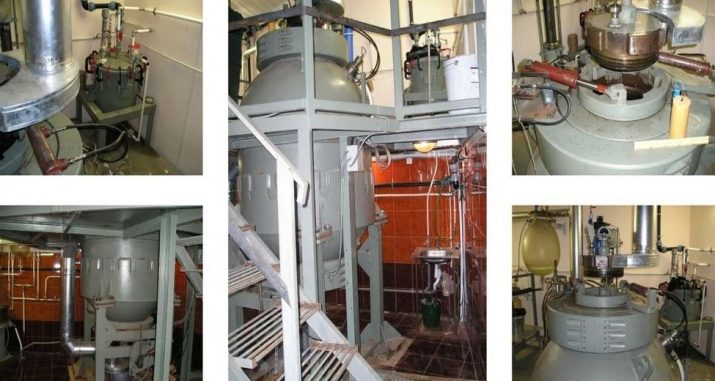
Scope of application
Among all diamonds, synthetic stones occupy only 10% of the market. Inexpensive crystals of cubic zirconia are used for the manufacture of women's jewelry. Famous fashion houses decorate with them evening dresses, handbags and shoes, use in exclusive decor.
Progressive young people are increasingly choosing them for safety and environmental friendliness.

More than 90% of artificial diamonds are used in industry. Main directions:
- high-precision grinding machines, tools for cutting hard materials;
- microelectronics and computer manufacturing;
- defense industry;
- robotics;
- unique lasers for eye surgery;
- engineering;
- new machines in metallurgy;
- rocket science.

Among the latest advances is the use of synthetic diamond for the manufacture of an artificial lens. Transplant operations have shown that the cleanliness and ease of cutting makes the implant ideal for the patient.
It differs in the correct angle of refraction and durability.
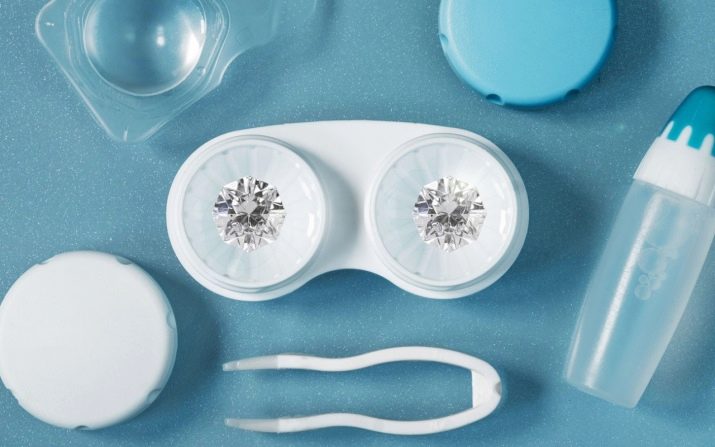
Comparison with natural stones
The industry produces a synthetic diamond, so similar to a natural crystal, that a number of laboratory tests are required to identify it. Consider the most common differences.
- All artificially grown diamonds have a special brand. It gives the name of the company or laboratory that produced the product.
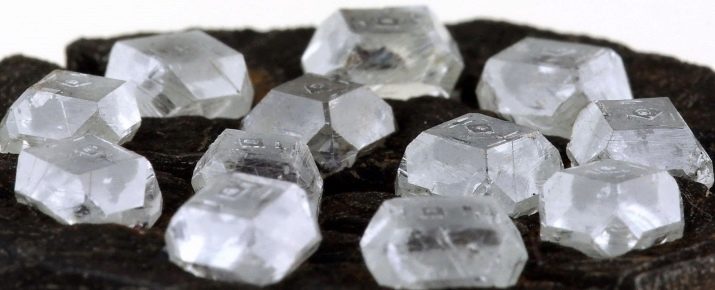
- For inspection, it is better to use not a magnifying glass, but a powerful microscope. In the workshops, defects are detected using a spectrograph, translucent under ultraviolet rays.

- Real diamonds do not respond to electromagnetic fields. This property can be used as a verification method: a synthetic stone is attracted to a strong magnet.
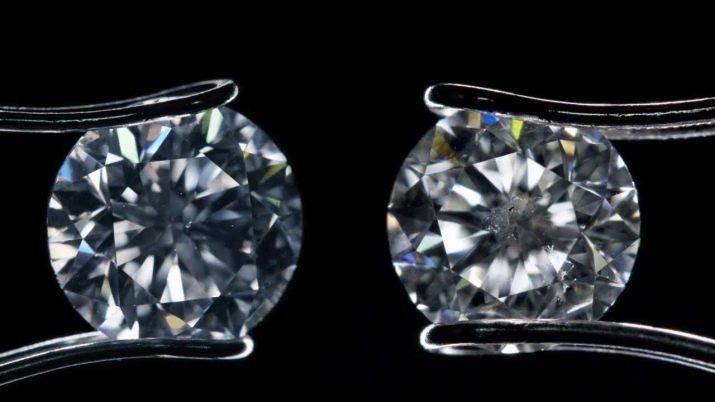
- If it is necessary to identify a diamond at home, it is placed on thick white paper. A closer look reveals the growth zones that occur when a carbon layer is formed under high pressure.
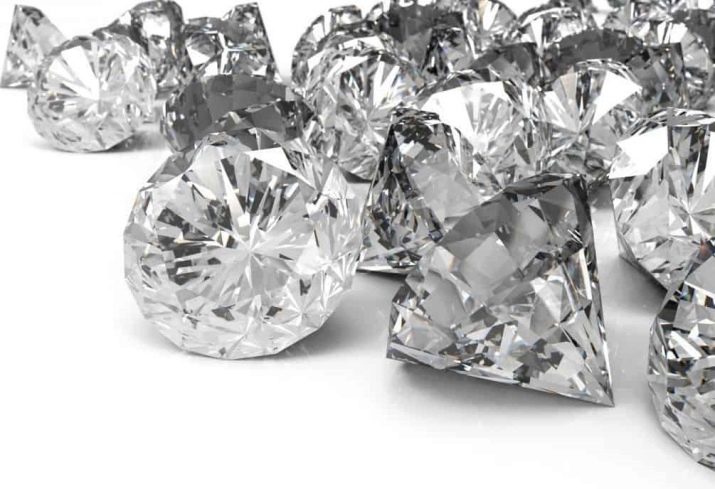
- Natural stones are created from the smallest single crystals, therefore they have a homogeneous structure. Unnatural products, when examined under a microscope, are as if made up of many microscopic crystals.

Diamond exchanges all over the world use special Diamond Check and M-Screen instruments for analysis.
In just 10-15 seconds, they allow you to distinguish synthetics from natural stone with an accuracy of 95-98%, give maximum information about the quality and structure of the crystal.
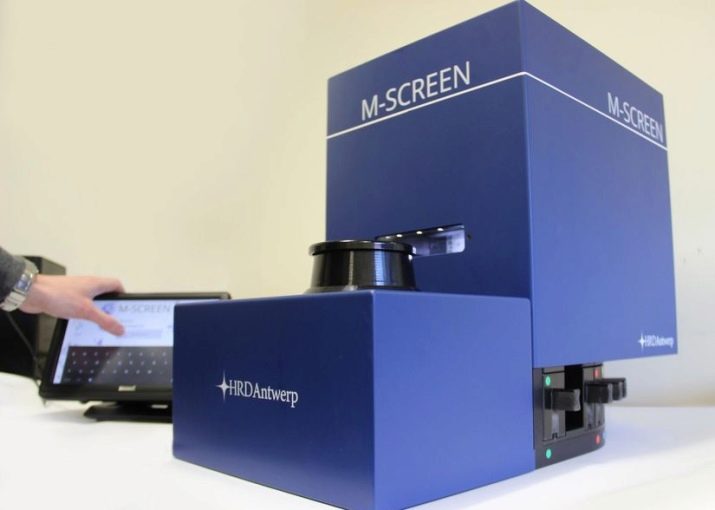
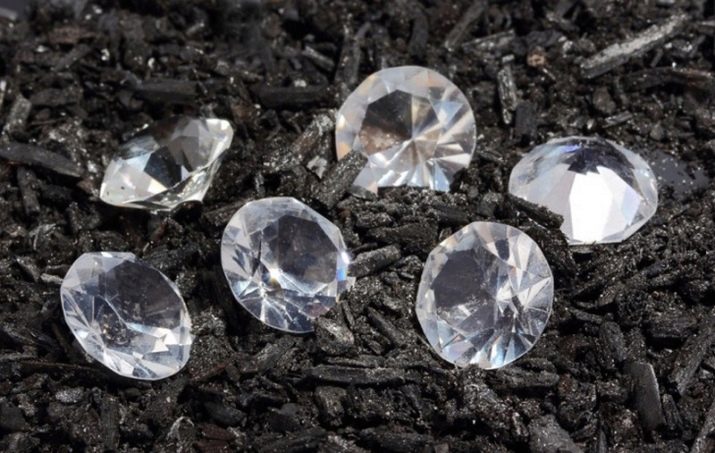
The production of synthetic diamonds is described in the next video.









